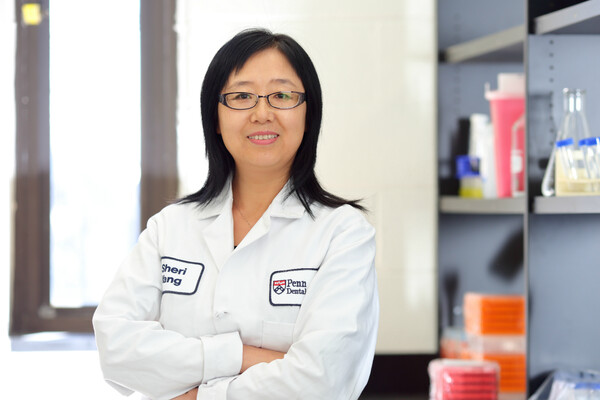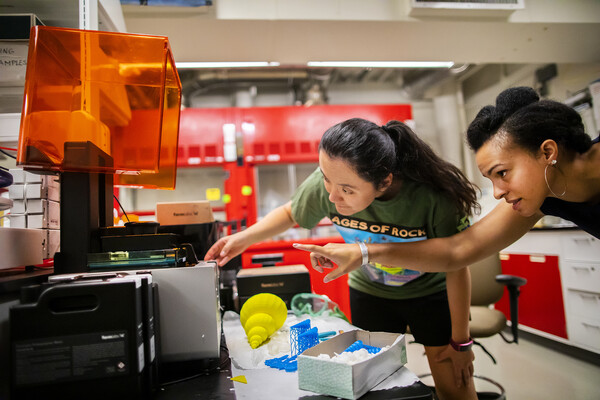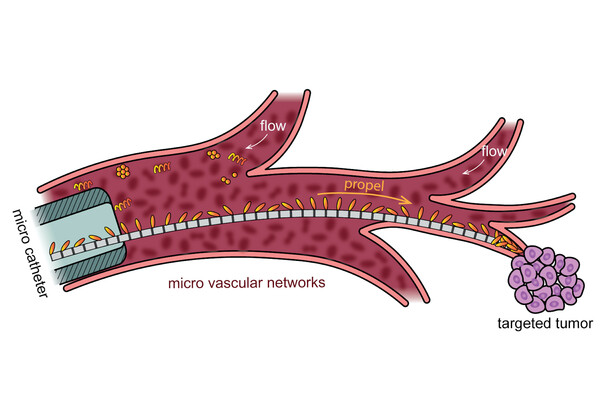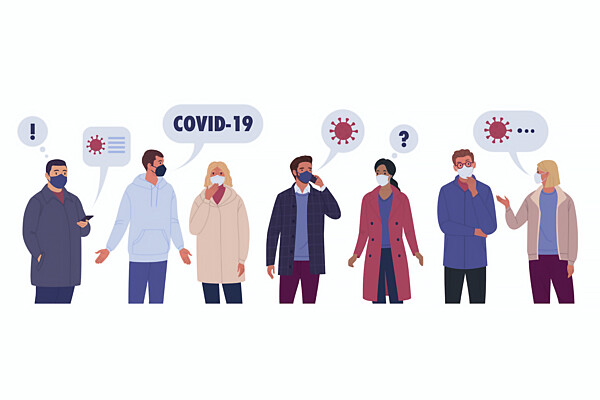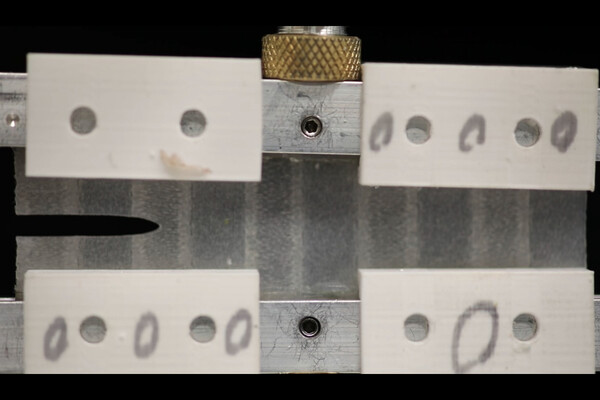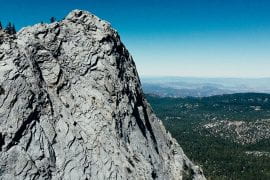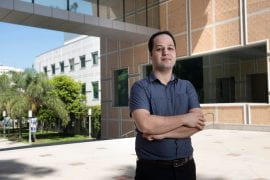Duncan Watts and colleagues found that 17% of Americans consume television news from partisan left- or right-leaning sources compared to just 4% online. For TV news viewers, this audience segregation tends to last month over month.
Latest News
Intervening to stop bone loss
A study led by Shuying (Sheri) Yang of the School of Dental Medicine identified a new role for a protein that keeps osteoclasts—the cells that break down bone—in check, and may guide the development of new therapies to counter bone loss.
'Shining' Light on the Inner Details and Breakup of Deuterons
Photon-deuteron collisions offer insight into the gluons that bind the building blocks of matter—and what it takes to break protons and neutrons apart.
Mentorship strategies to boost diversity in paleontology
Drawing on research as well as their experiences as women of color in paleontology, Aja Carter and Erynn Johnson, who earned doctoral degrees from Penn, coauthored a paper offering advice for making the field more inclusive.
Inspired by nature, artificial microtubules can work against a current to transport tiny cargoes
Technology developed by Arnold Mathijssen of the School of Arts & Sciences and colleagues could one day clear blockages in blood vessels or precisely target chemotherapy drugs to a tumor.
Earth guardians
UCI researchers seek solutions to the many effects of climate change
Testing, treatments, and more: A glossary for year three of the pandemic
Penn Today adds a new installment to this series aimed at making sense of the language around COVID-19.
Inspired by the human heart, Penn Engineers design tear-resistant soft material
Engineers have designed a soft material for robotics, medical devices, and wearable technologies that are both tear-resistant and able to resist deformation.
UCI study: California’s trees are dying, and might not be coming back
Wildfires and climbing temperatures have caused a 6.7 percent decline since 1985
UCI researchers invent a health monitoring wearable that operates without a battery
Biosensor continuously tracks pulse and wirelessly communicates with nearby devices



